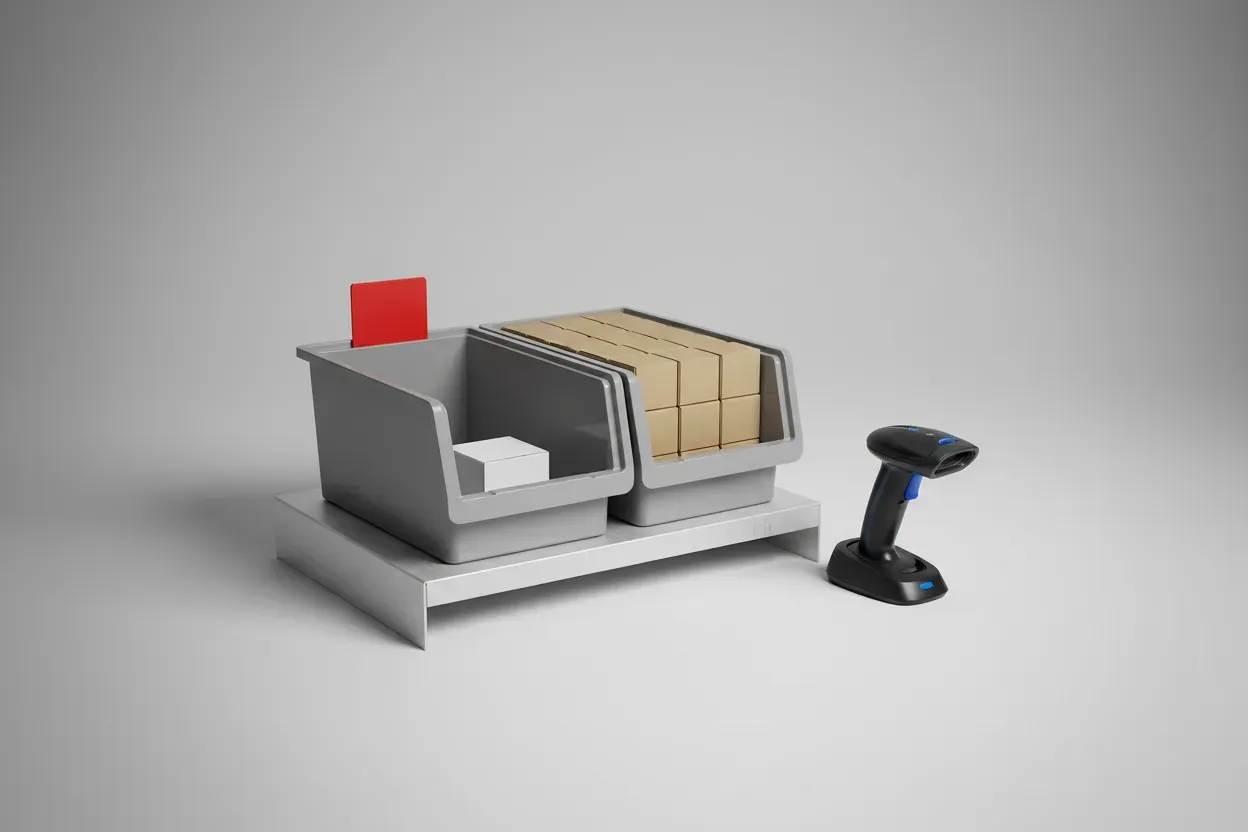How Do You Handle Team Conflicts as a Leader?
Conflicts within a team can either make or break its success. Experts like a Psychology Consultant and a Medical Director share their insights, providing readers with powerful strategies for conflict resolution. The article begins with the importance of reframing the problem and concludes with the benefits of organizing open, facilitated dialogues, offering a total of ten insights. Discover these valuable strategies and more as you navigate through expert advice on maintaining team harmony.
- Reframe the Problem
- Implement Regular One-on-One Check-Ins
- Analyze Impact on Project Goals
- Address Issues with Honesty
- Use Role-Reversal Exercises
- Facilitate Structured Feedback Sessions
- Set Up Mediation Process Early
- Clarify, Connect, and Commit
- Have One-on-One Conversations
- Organize Open, Facilitated Dialogue
Reframe the Problem
One effective strategy I use to resolve conflicts within my team is to reframe the problem. When tensions rise, it’s easy for people to focus on the disagreement itself, which can cause emotions to escalate. Instead, I encourage them to step back and look at the conflict from a bigger-picture perspective.
For example, I’ll ask questions like, “How does this issue impact our overall goals?” or “How can we turn this challenge into something we can face together?” By shifting the focus from the disagreement to a common objective, it removes the emotional charge from the situation and encourages a more collaborative mindset.
This reframing helps the team see the conflict not as a source of blame or frustration but as a shared challenge we can actually solve together.
 Bayu Prihandito
Bayu Prihandito
Psychology Consultant, Life Coach, Founder, Life Architekture
Implement Regular One-on-One Check-Ins
As a founder, one effective strategy I’ve used to resolve conflicts within my team is implementing regular one-on-one check-ins. Early in my journey, I noticed that unresolved tensions were often bubbling beneath the surface, leading to decreased morale and productivity.
I recall a situation where two key team members had differing opinions on a project approach, causing friction that impacted the whole team. To address this, I scheduled individual meetings with each of them to understand their perspectives and concerns.
During these discussions, I encouraged them to share their thoughts candidly and listened actively. Once I gathered insights from both sides, I brought them together for a mediated conversation, where we focused on finding common ground and aligning on shared objectives.
This approach not only resolved the conflict but also fostered a culture of transparency and trust, making it easier for the team to navigate future disagreements collaboratively.
 Aseem Jha
Aseem Jha
Founder, Legal Consulting Pro
Analyze Impact on Project Goals
My personal method for managing conflicts within my team is to ask them to write down how the conflict has impacted the project or goal (not on each other, but on the work itself). As opposed to complaining about our own problems, we step back and analyze the impact of the disagreement on our mutual goal. This makes the debate serious and outcome-oriented, and it also moves the focus from the individual to the collective.
Once everyone begins to realize that the stress is inhibiting the team’s effectiveness, a breakthrough usually occurs. People are not defensive because they’re not talking about finding fault but about how to bounce back. It’s a cost-effective way of making everyone feel heard and reminding everyone why they’re doing this.
 Craig Focht
Craig Focht
Cofounder & CEO, All Pro Door Repair
Address Issues with Honesty
Let’s talk about honesty. It’s super important to be truthful, but there’s a fine line between being honest and being hurtful.
Take, for example, someone on your team—let’s call them Tom. If Tom is slacking off and no one has the guts to say anything, you’re not really doing them any favors by staying silent. It takes real courage to point out someone’s flaws, but sometimes it’s necessary for their growth.
Sure, none of us like being criticized, which is why we often hold back. But if you genuinely want Tom to improve and feel fulfilled, you can’t let their laziness drag the whole team down. At the end of the day, Tom is the one responsible for putting in the effort. They need to step up!
A lot of conflicts arise when people stay quiet about what’s bothering them. Once you bring those issues to light and address them head-on, you can move forward in a positive way.
So here’s my take: I’d tell Tom they need to get it together. Ideally, I’d have that conversation one-on-one first. But if Tom isn’t open to feedback, I wouldn’t hesitate to bring it up in front of the group. Being upfront about problems is what keeps a team moving forward. All that fake smiling and pretending everything’s fine? That won’t last long. Let’s keep it real!
 Kate Dzhevaga
Kate Dzhevaga
CMO, Head of Growth, SYMVOLT
Use Role-Reversal Exercises
As a Medical Director at Medical Cert UK, I’ve found that the role-reversal exercise is an incredibly effective way to resolve conflicts within my team. It’s striking how stepping into someone else’s shoes can shift perspectives completely. I recall a situation where two of my colleagues were at odds over responsibilities, and when they switched roles for a day, it opened their eyes to each other’s challenges. The conversations that followed were truly enlightening, allowing them to connect personally and gain a deeper understanding of one another’s work.
The value of empathy in our surroundings was amply demonstrated by this experiment. My team’s dynamics completely changed when I heard my teammates’ stories. It helped foster a safe space where everyone felt comfortable voicing their thoughts and concerns. From what I’ve seen, when people feel heard, they’re much more inclined to collaborate and support one another. In addition to resolving disputes, this strategy builds relationships, which makes the Medical Cert UK team more cohesive and productive.
 Maria Knobel
Maria Knobel
Medical Director, Medical Cert UK
Facilitate Structured Feedback Sessions
One effective strategy for resolving conflicts within my team is facilitating open communication through structured feedback sessions. By creating a safe space for team members to express their concerns, we encourage transparency and understanding.
I focus on active listening to ensure everyone feels heard and guide the conversation towards finding common ground and collaborative solutions. This approach not only addresses the immediate conflict but also strengthens team dynamics and fosters a culture of respect. By prioritizing open dialogue, we can turn conflicts into opportunities for growth and improved teamwork.
 Shreya Jha
Shreya Jha
Social Media Expert, Appy Pie
Set Up Mediation Process Early
One effective strategy I have used to resolve conflicts within my team is encouraging open communication and setting up a mediation process early on. A few years ago, we had a situation where two crew members disagreed on how to approach a large tree removal. One felt that the equipment we had was insufficient for the size of the tree, while the other believed we could safely handle it. This caused tension and slowed down our workflow.
Drawing from my years of experience, I held a meeting to let both of them express their concerns and explain their perspectives in a constructive way. As a certified arborist and having grown up around this work, I was able to evaluate the situation objectively and explain the technical aspects of the job, such as equipment capabilities and risk management strategies.
Once we had an open discussion, I proposed a solution that combined their suggestions. We ended up renting additional equipment to safely complete the job while improving the efficiency of the process. Not only did we successfully resolve the conflict, but the experience helped our team work better together because they felt heard and understood. I believe my years of hands-on experience in the tree service industry, as well as my formal training as a certified arborist, helped me guide the team toward a solution that prioritized safety and collaboration.
 Amaury Ponce
Amaury Ponce
Business Owner, Ponce Tree Services
Clarify, Connect, and Commit
One effective strategy I’ve relied on to resolve conflicts within my team is a structured approach I call “clarify, connect, and commit.” In one instance with my telecommunications business, two senior team members had a significant disagreement over project priorities, creating tension that threatened team cohesion. Drawing from my military training in telecommunications and years of experience in coaching, I called a private meeting with both individuals to clarify each person’s perspective and identify the underlying concerns. We moved past surface-level frustrations by having each team member share their goals and listen to each other’s points without interruption.
Once we cleared up the misunderstandings, I facilitated a discussion to help them connect over common ground, shifting focus toward shared outcomes rather than individual agendas. With a clear path forward, we outlined specific commitments each person would make to support the project, reinforcing accountability. This approach not only resolved the immediate conflict but strengthened the team’s mutual respect and collaborative spirit, ultimately leading to a smoother workflow and enhanced productivity across the board.
 Ronald Osborne
Ronald Osborne
Founder, Ronald Osborne Business Coach
Have One-on-One Conversations
One of the effective strategies I have used to solve conflicts within my team is having a one-on-one conversation with each of them. I listened to their concerns and feelings without judgment, which made them feel heard. Then, I brought them together and shared their perspectives openly in a safe space. That way, they could understand each other better and work together to find a solution that everyone agreed on, which fostered better communication and teamwork moving forward.
 Khurram Suhrwardy
Khurram Suhrwardy
Founder, Caption Easy
Organize Open, Facilitated Dialogue
One effective strategy I used to resolve team conflicts is open, facilitated dialogue grounded in empathy and transparency. With over 30 years in physiotherapy and clinic management, I’ve seen that many conflicts arise from miscommunication or unmet expectations. In one instance, a disagreement surfaced between two team members: one of our physiotherapists and a Pilates instructor, regarding client treatment plans.
The physiotherapist felt that a client needed a more hands-on approach, while the Pilates instructor believed a movement-based plan was more appropriate. To address this, I organized a meeting where both could express their perspectives and concerns. By listening actively, acknowledging each perspective, and guiding the conversation toward our shared commitment to patient care, we could reach a compromise. We decided to create a hybrid treatment plan that included both approaches, which led to great results for the client and helped foster mutual respect and understanding between the team members.
My background in multidisciplinary care and leadership was instrumental in resolving this issue. Years of experience working in diverse clinics, alongside professionals from various specialties, gave me insight into how different treatment philosophies can complement each other when managed thoughtfully.
By emphasizing open communication and a unified approach to care, I was able to foster a more collaborative environment. Since then, we’ve integrated regular inter-departmental meetings, allowing our team members to voice concerns, learn from one another, and align on treatment strategies. This has not only reduced conflicts but also enhanced our team’s cohesion and our patients’ outcomes.
 Peter Hunt
Peter Hunt
Director & Physiotherapist at the Alignment Studio, The Alignment Studio
Submit Your Answer
Would you like to submit an alternate answer to the question, “What’s one effective strategy you’ve used to resolve conflicts within your team?”







































